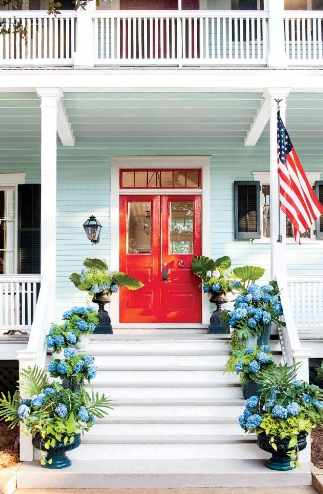When it comes to painting the exterior of a building, using the right type of paint is crucial for long-lasting protection and aesthetic appeal. In this blog post, we will delve into the world of exterior grade paint, exploring its unique characteristics and what sets it apart from other types of paint. By understanding the key factors that make paint exterior grade, you can make informed decisions and achieve exceptional results for your next painting project.
- Weather Resistance:
One of the primary features that distinguish exterior grade paint is its exceptional weather resistance. Unlike interior paint, which is designed for controlled indoor environments, exterior grade paint is formulated to withstand the harsh elements of the great outdoors. It is engineered to resist fading, cracking, peeling, and blistering caused by exposure to sunlight, rain, snow, and fluctuating temperatures. This durability ensures that your paint job will remain vibrant and intact for years to come. - UV Protection:
Exterior grade paint contains special additives that provide protection against harmful ultraviolet (UV) rays. These UV-resistant components act as a shield, preventing the paint from deteriorating and fading when exposed to direct sunlight. By incorporating UV protection, exterior grade paint helps maintain the color integrity of your building, ensuring that it looks fresh and vibrant for an extended period. - Moisture and Mildew Resistance:
Another crucial aspect of exterior grade paint is its ability to resist moisture and inhibit the growth of mildew and mold. The exterior surfaces of buildings are constantly exposed to rain, humidity, and condensation, making them susceptible to moisture-related issues. Exterior grade paint incorporates advanced moisture-resistant properties, preventing water from seeping into the substrate and causing damage. Additionally, it contains anti-microbial agents that inhibit the growth of mildew and mold, preserving the cleanliness and structural integrity of the painted surface. - Flexibility and Expansion:
Exterior grade paint is formulated to accommodate the natural expansion and contraction of building materials due to temperature fluctuations. This flexibility helps the paint to adhere firmly to the surface without cracking or peeling. By allowing for expansion and contraction, exterior grade paint maintains a seamless and durable finish, even in the face of extreme weather conditions. - Adhesion and Durability:
To withstand the rigors of outdoor exposure, exterior grade paint possesses superior adhesion properties. It adheres tightly to various surfaces, including wood, metal, concrete, and masonry, ensuring long-lasting protection and a smooth, professional finish. Additionally, exterior grade paint is engineered to resist chipping, flaking, and abrasion, making it highly durable and suitable for high-traffic areas.
Conclusion:
Choosing the right paint for exterior applications is essential for achieving a beautiful and long-lasting finish. Exterior grade paint stands out from other types of paint due to its exceptional weather resistance, UV protection, moisture and mildew resistance, flexibility, adhesion, and durability. By investing in high-quality exterior grade paint, you can protect your building from the elements while enhancing its curb appeal. So, the next time you embark on an exterior painting project, remember to opt for paint specifically designed for the great outdoors.


